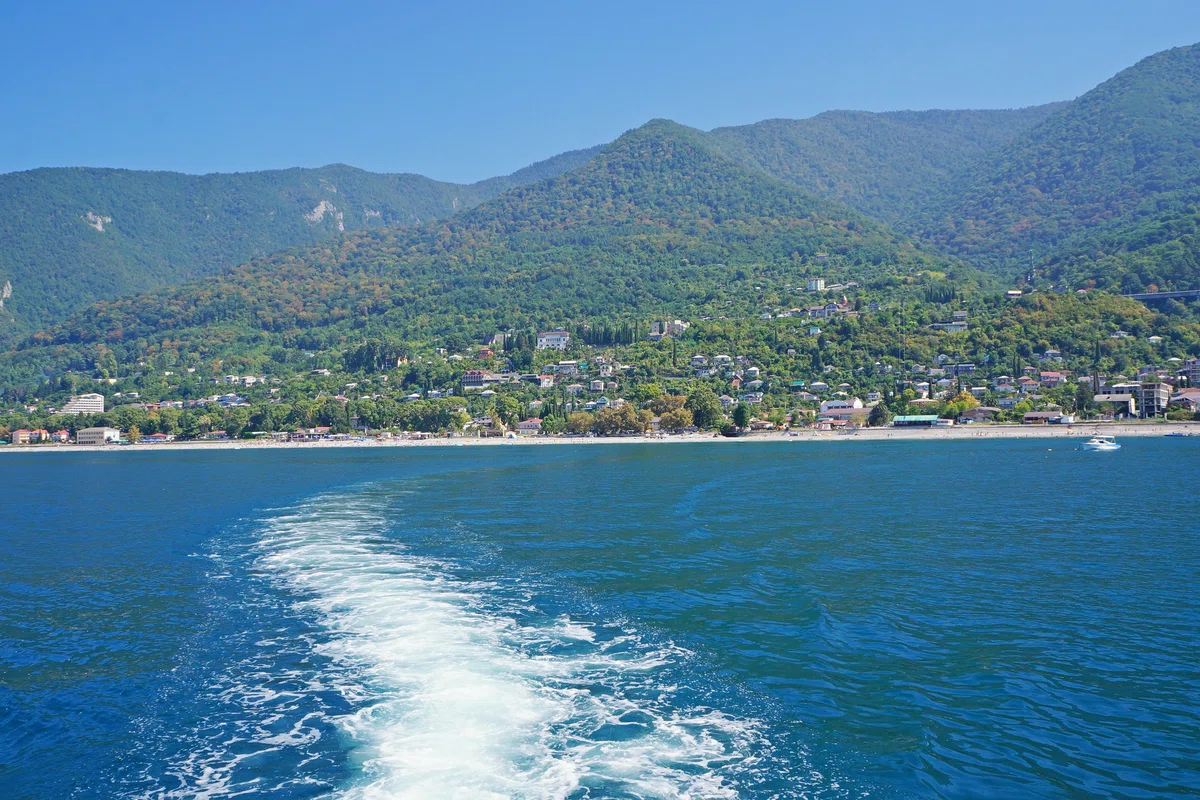
Old sights of Abkhazia. Visit the resort of Pitsunda.
The city of Pitsunda is full of greenery, so the air here is very clean and fresh. This contributes to the purification and recovery of the body. The main natural factor in the treatment is a substance that is not found in many resorts. This substance is phytoncide. It has a positive effect on people with hypertension.
The city of Pitsunda is located in the southern part of the Caucasus Mountains, on the slopes of the Gagra and Bzyb ranges. The city is buried in greenery, and is remarkable from a recreational and health point of view.
PICTURE COURT
The uniqueness of the city is due to the Caucasus endemism, an array of forests of pitsunde pine. These forests stretch for seven kilometers along the coast and cover 300 hectares. The main natural healing factor of the resort is a substance phytoncide (from Greek phyton - plant and Latin caedo - to kill), emitted by these very conifers. This bactericidal, fungicidal and antistocidal substance, which has a positive effect on patients with hypertension. It should be noted that the pizunda pine exudes six times more phytoncides than ordinary species of pine.
The name of the city (in load. "Bichvinta") is associated with the word pine (in load. "pichvi"). On the site of the present city, in the 4th century BC, the Greek colonists built the city of Pithius (in Greek "pythium" - needles). In ancient times Pitiunt was a great cultural center, as evidenced by archaeological excavations conducted in the 50s of XX century. On the territory of the city the most ancient traces of a sewage system, bathhouse, wine cellar, jewelry and ceramic workshops were found.
Pitsunda was the oldest center of Christianity in the Caucasus. Back in 325, the Pitsunda bishop Stratophilus was a member of the First Ecumenical Council. In the IX-XVI centuries, the residence of the head of the West Georgian Church was located precisely in Pitsunda. The ruins of a three-nave basilica of the 5th century have been preserved in the Pitsunda territory. The floor of the basilica, decorated with marble and mosaics, bears traces of Roman culture. This is evidence of intensive foreign cultural and trade relations of Pitsunda. Till today there is a cross-domed cathedral of X century, the walls of which were painted in the XVI century. In 1975 the organ was installed in the cathedral. Since then, annual organ concerts in Pitsunda have become a tradition.
Location: the coastal strip of the black sea.
Distance: from Tbilisi - 524 km, from Sukhumi - 80 km.
Height above sea level: 7 m.
Relief: a plain surrounded by the southern slopes of the Main Caucasus Range, Gagra and Bzyb ranges. Climate: maritime, subtropical.
Average annual rainfall: 1500 mm.
Average annual relative humidity: 78%.
Duration of sunshine in a year: 1900 hours.
Natural curative factors: seaside subtropical climate, sea water, sapropel and morphine muds, sulfide mineral waters.
Types of treatment: melassotherapy, baths with mineral waters and muds.
Therapeutic parameters: general recovery of the body, as well as diseases of the cardiovascular, respiratory, genitourinary, musculoskeletal and nervous systems.
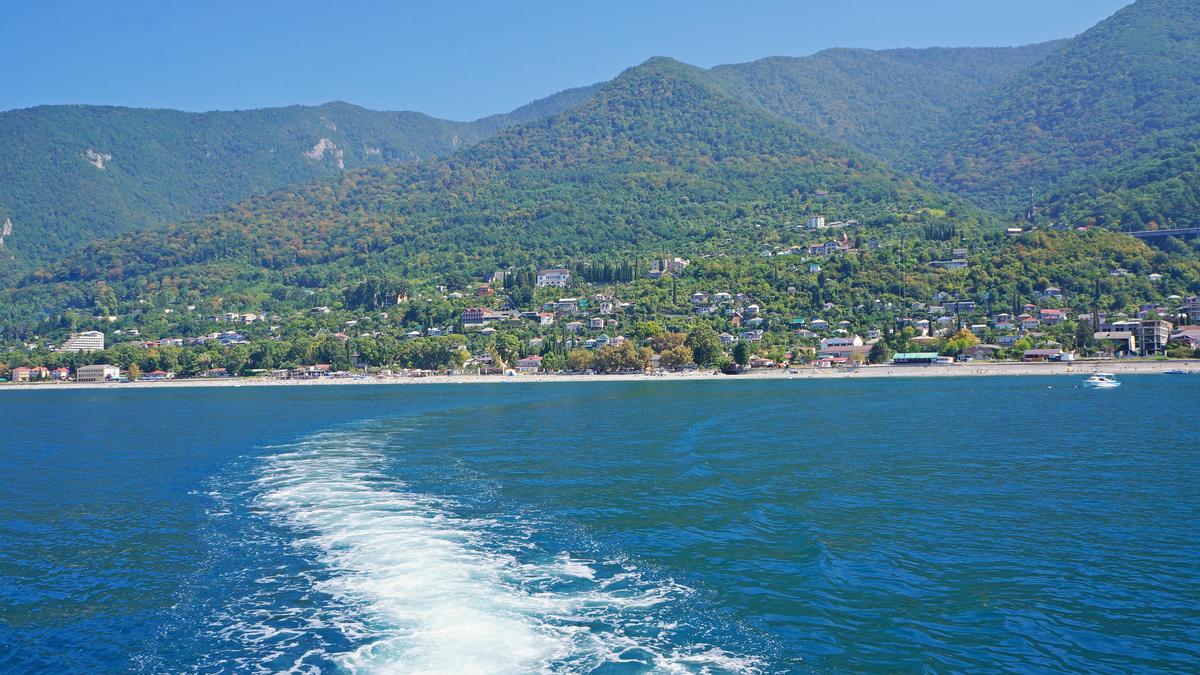
Abkhazia, with its rich historical heritage and beautiful natural corners, is an ideal place for travelers who want to immerse themselves in ancient culture and enjoy the beautiful scenery. One of these unique places is the city of Pitsunda, located in the south of the Caucasus Mountains, on the slopes of the Gagra and Bzyb ranges.
The area here is striking for its greenery, through which reigns particularly clean and fresh air. This has a beneficial effect on the body, contributing to its purification and recovery. However, what makes the resort truly unique is a special natural substance, which can rarely be found in other resorts - phytoncides. Phytoncides emitted by coniferous trees have bactericidal, fungicidal and antistocidal properties, which has a beneficial effect on people's health, especially on those who suffer from hypertension. The main natural healing factor of the resort is these phytoncides, which have unique properties. It is important to note that the Pitsunda pine, which thrives in these places, emits six times more phytoncides than conventional species of pine.
The history of the city of Pitsunda goes back to ancient times, starting with the Greek settlement in the IV century BC. The town's name, derived from the word "pichvi" (needles in Georgian), testifies to the close connection of the town with the coniferous forests that surround its territory. In ancient times the town was a large cultural center, as evidenced by archaeological excavations conducted in the last century. In the course of excavations the ancient remains of sewage system, bath house, wine cellar, as well as workshops of jewelry and pottery were discovered. The city was also one of the oldest centers of Christianity in the Caucasus. Already in 325, Bishop Stratophilus of Pitsunda took part in the First Ecumenical Council. In the IX-XVI centuries the resort was the residence of the head of the Western Georgian Church, indicating its importance and influence. On the territory of the settlement the ruins of a three-nave basilica of the fifth century have been preserved. The most impressive part of the basilica is the floor, decorated with marble and mosaics, which bear traces of Roman culture. It testifies to the rich cultural and commercial relations with many regions of that time. The majestic X century cross-domed cathedral has also survived. In the 16th century, the walls of the cathedral were painted, and in 1975 the organ was installed there. Since then, organ concerts have become an annual tradition in the city, attracting music lovers and history buffs.
The city of Pitsunda, located on the coastal strip of the Black Sea, is a unique resort with a rich historical heritage and attractive natural surroundings. With its location on the southern slopes of the Main Caucasus Range, Gagra and Bzyb, the town is surrounded by spectacular mountain scenery. One of the most notable features of the resort is its natural diversity and favorable climate. The town is only 7 meters above sea level and has a flat terrain. Thanks to the seaside, subtropical climate has mild winters, warm summers and comfortable temperatures at any time of year. The average annual rainfall in the city is 1500 mm and the average relative humidity is 78%. The duration of sunshine reaches 1900 hours per year. The resort is rich in natural healing factors. Seaside subtropical climate has a beneficial effect on the organism, and sea water has unique properties. In addition, you can take advantage of sapropelic and peat muds, as well as sulfide mineral waters. The resort offers various types of treatment, including thalassotherapy and baths with mineral waters and muds. The resort is in demand by patients wishing to improve their general health, as well as treat diseases of the cardiovascular, respiratory, genitourinary, musculoskeletal and nervous systems.
We invite you to share your impressions about Pitsunda and ask any questions in the comments below. If you have experience visiting this resort or interesting facts about its history, we will be glad to hear your stories and opinions. Your comments and questions will help us create even more interesting and informative content for you.
See all resorts in Georgia
-
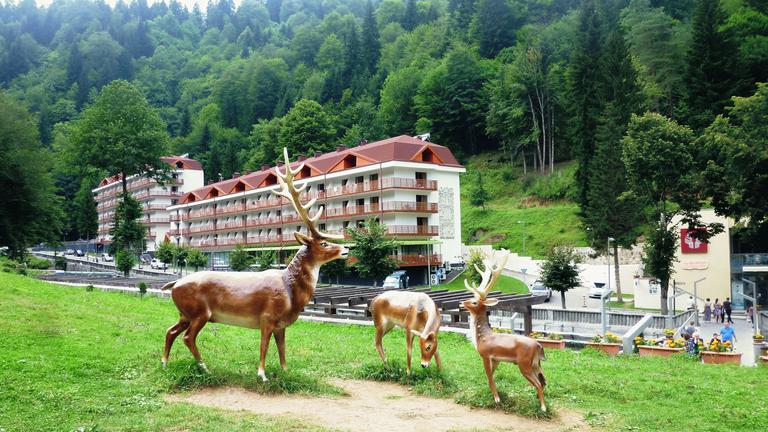
Sairme – deer area near Kutaisi
Resorts of GeorgiaSairme is one of the most popular resorts, created in order. so that you can relax and un…
-
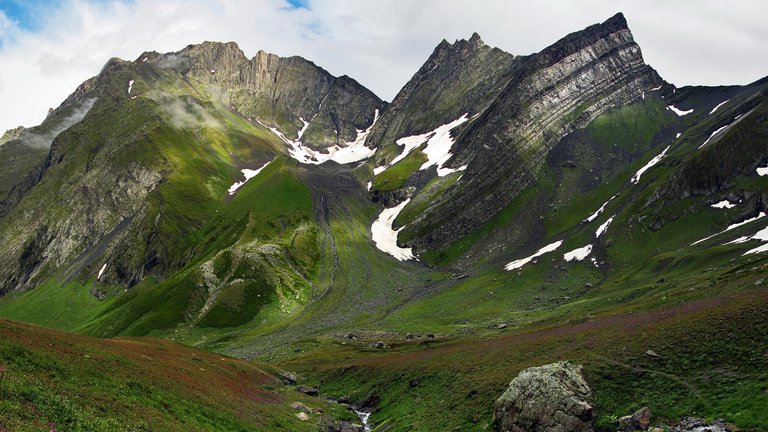
Racha Resorts
Resorts of GeorgiaRacha is considered one of the most beautiful places in Georgia and is distinguished by a…
-
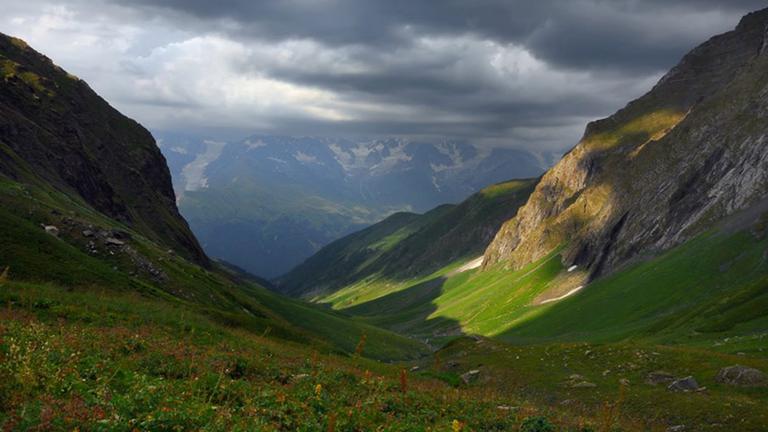
Hidikari
Resorts of GeorgiaHidikari Resort is located in a very picturesque place, on hills surrounded by a variety …
-

Lasichala
Resorts of GeorgiaThere are a huge number of various resorts in Georgia, with their own mineral waters and …
-

Khovle
Resorts of GeorgiaHovle resort is famous not only for its health benefits, but also for its historical sign…
-
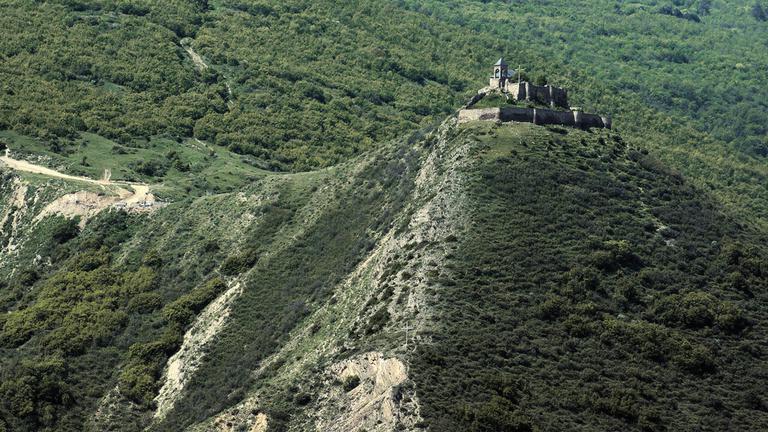
Gorijvari
Resorts of GeorgiaGorijvari resort is located on a mountain and is blown by clean and fresh mountain air. T…
-
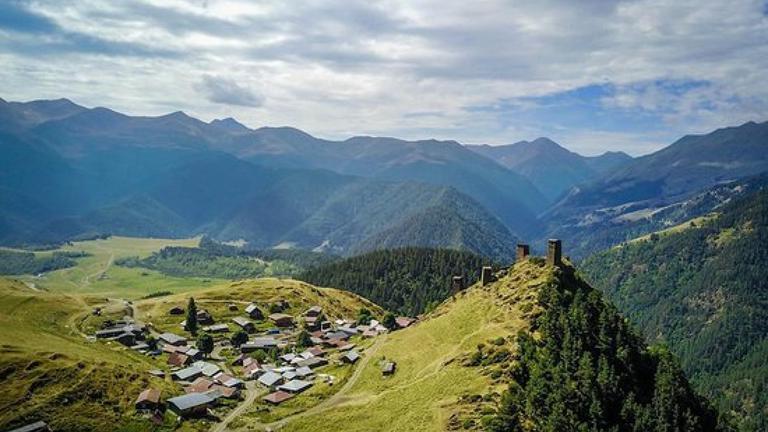
Abano
Resorts of GeorgiaAbano used to be a village and was important to the country. Nowadays, it is known for it…
-
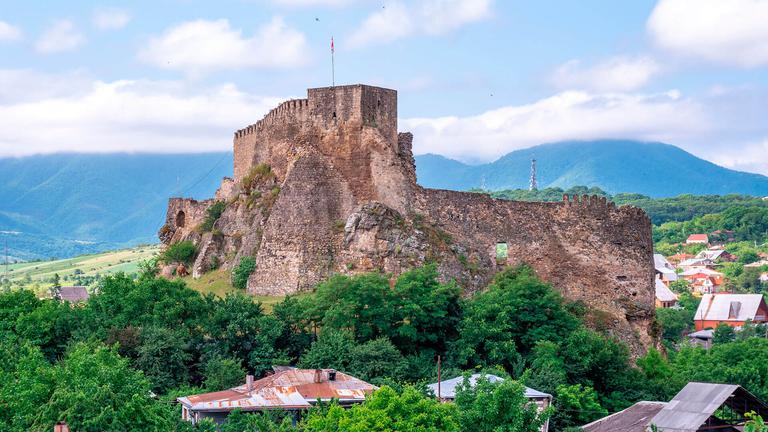
Surami
Resorts of GeorgiaThe peculiarity of the Surami resort is the focus on the treatment of children from vario…












41 comments
Log in to leave a comment
Пицунда славится своими пляжами и природными красотами. Этот курорт привлекает туристов своими возможностями для отдыха на морском побережье и активного досуга. Он также известен своими субтропическими лесами и климатом. Главной привлекательностью Пицунды являются ее пляжи. Они предоставляют отличные возможности для плавания, загара и водных видов спорта. Рядом с Пицундой находится ущелье Бзып, которое славится своей живописной природой и водопадами. Пицунда может предложить культурные мероприятия, включая фестивали, выставки и концерты, особенно в летние месяцы.
Отличное место для отдыхала! Ехала туда 2 года подряд! Есть вопросы? Могу ответить , проконсультировать.
Да и просто этот курорт Пицунда очень красив!
Пицунда являлась древнейшим центром христианства на Кавказе, в 325 году епископ Стратофил был участником Первого Вселенского церковного Собора. Сохранились развалины базилики V века. Пол базилики, украшенный мрамором и мозаикой, носят следы римской культуры. В 1975 году в соборе установили орган. С тех пор ежегодные органные концерты в Пицунде стали традицией.